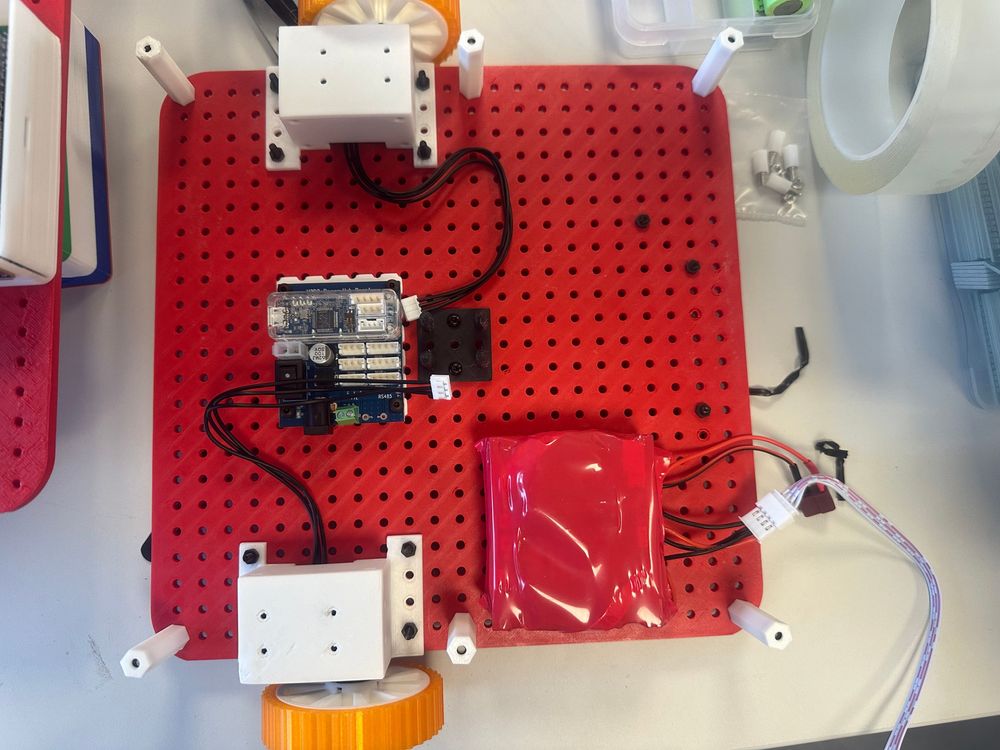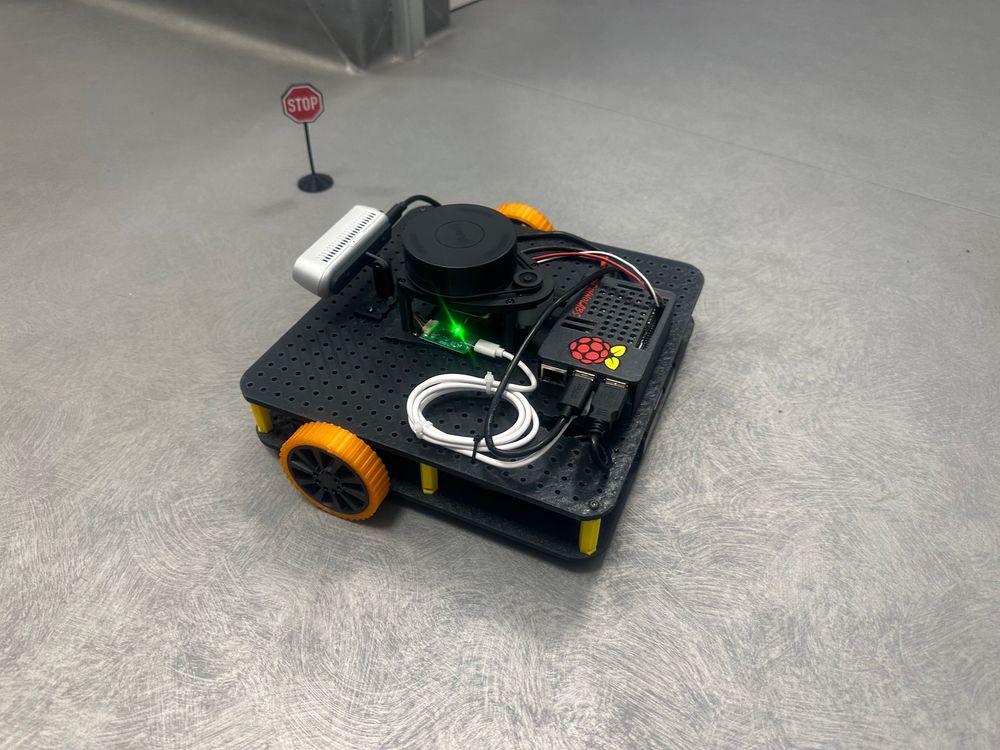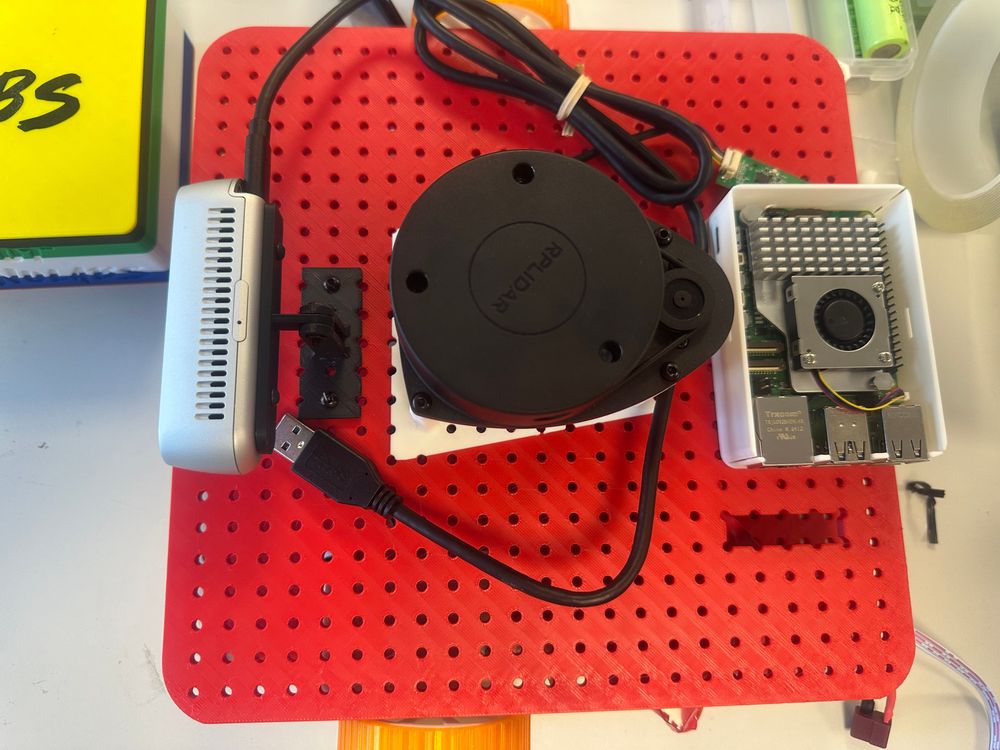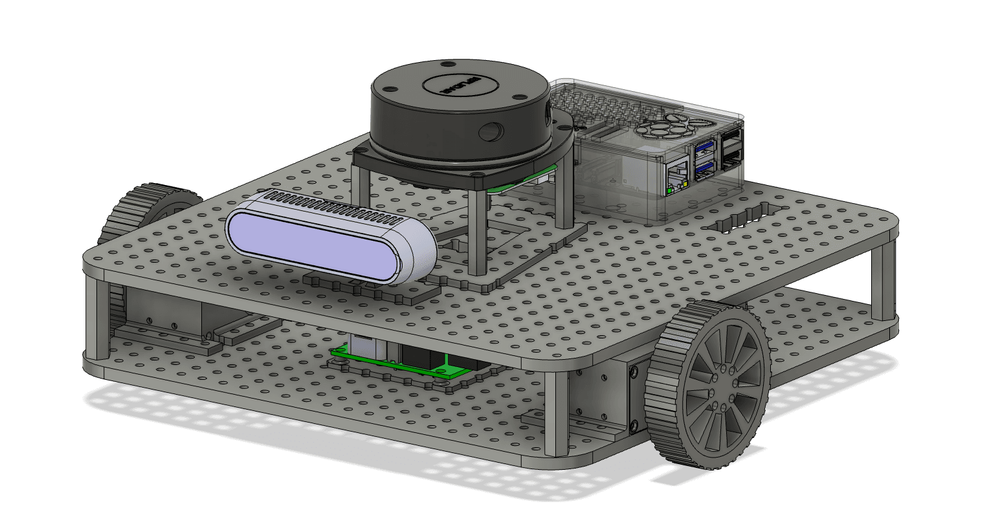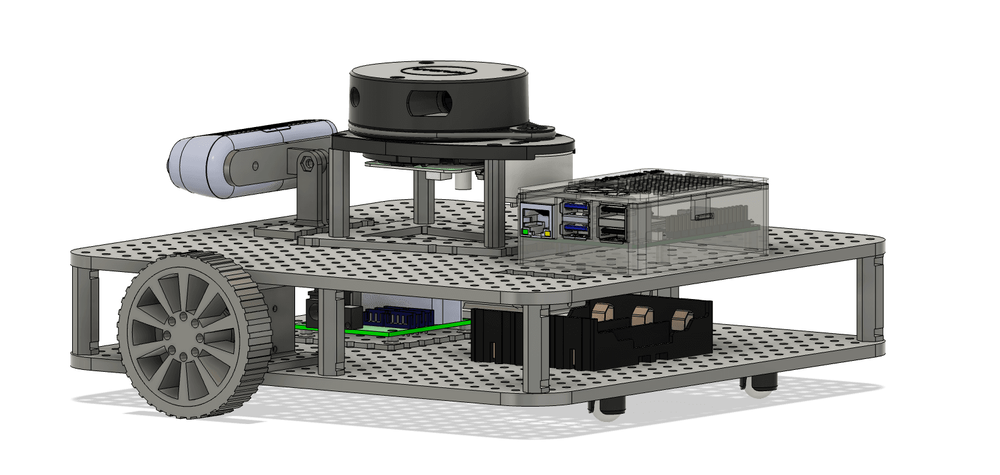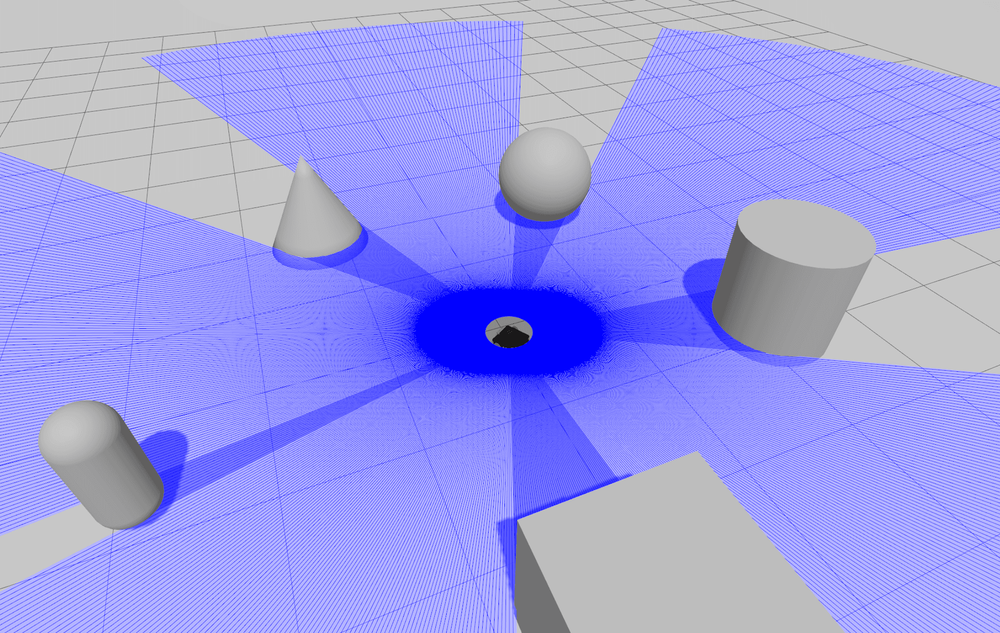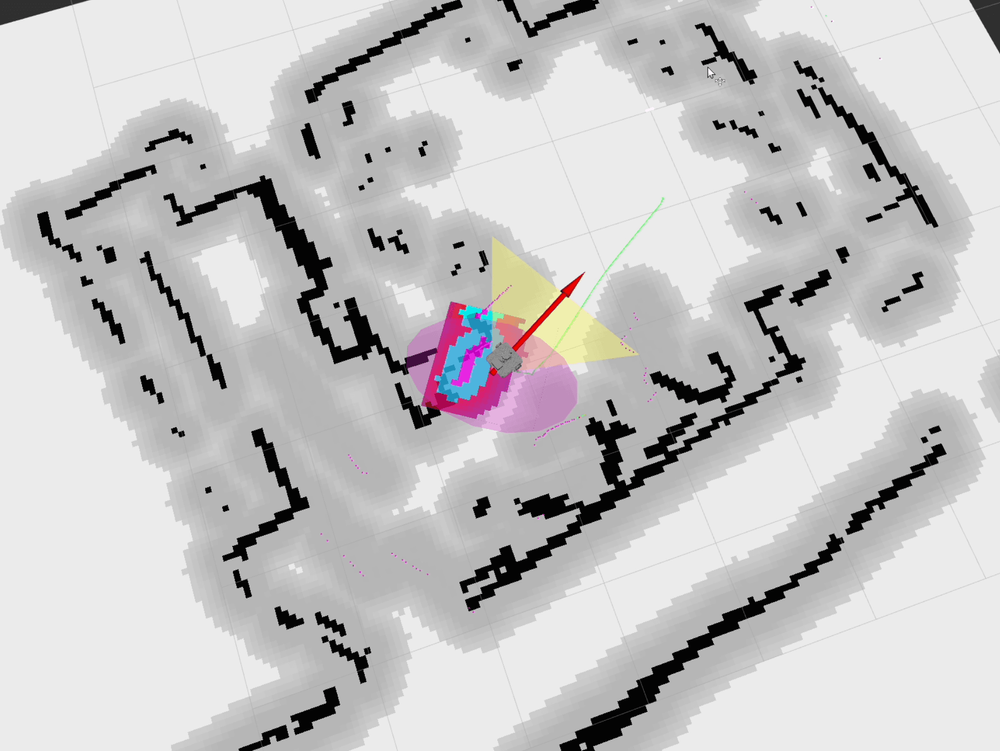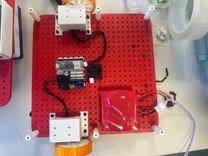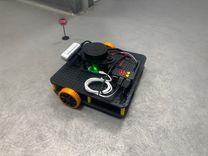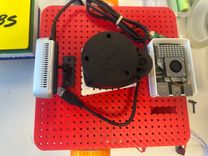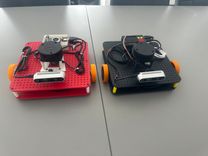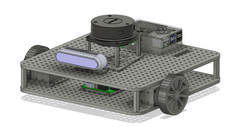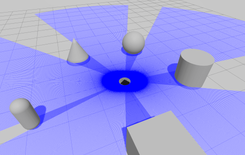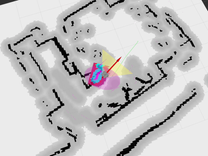In a world where robotics is becoming more accessible than ever, we are excited to present OpenBot Waffle—a fully open-source robot built from scratch to inspire creativity, education, and innovation. Designed by ICI Bucharest, OpenBot Waffle brings together the best of hardware, software, and community-driven design, making it an ideal platform for both hobbyists and researchers.
🔗 GitHub Repo: https://github.com/ICI-Innolabs/OpenBot-Waffle
We’ve provided comprehensive documentation to guide you through every step:
- 3D Printing and Assembly: Detailed instructions outline how to print and assemble the robot, including a parts list and step-by-step guidance for installing components such as the motors, sensors, and Raspberry Pi.
- Software Installation: Easy-to-follow instructions help you set up the ROS2 environment, clone the necessary repositories, and install dependencies.
- Teleoperation and Simulation: Separate guides walk you through how to launch the robot’s visualization, teleoperation, and simulation nodes. This ensures that even newcomers can start exploring robotics without a steep learning curve.
- Simultaneous Localization and Mapping (SLAM) Example: A dedicated example demonstrates how to implement SLAM (Simultaneous Localization and Mapping), allowing users to build maps and navigate autonomously. With everything clearly documented—from basic ROS2 commands to advanced SLAM techniques—OpenBot Waffle lowers the barrier to entry in robotics, inviting enthusiasts to modify, improve, and innovate on the design.
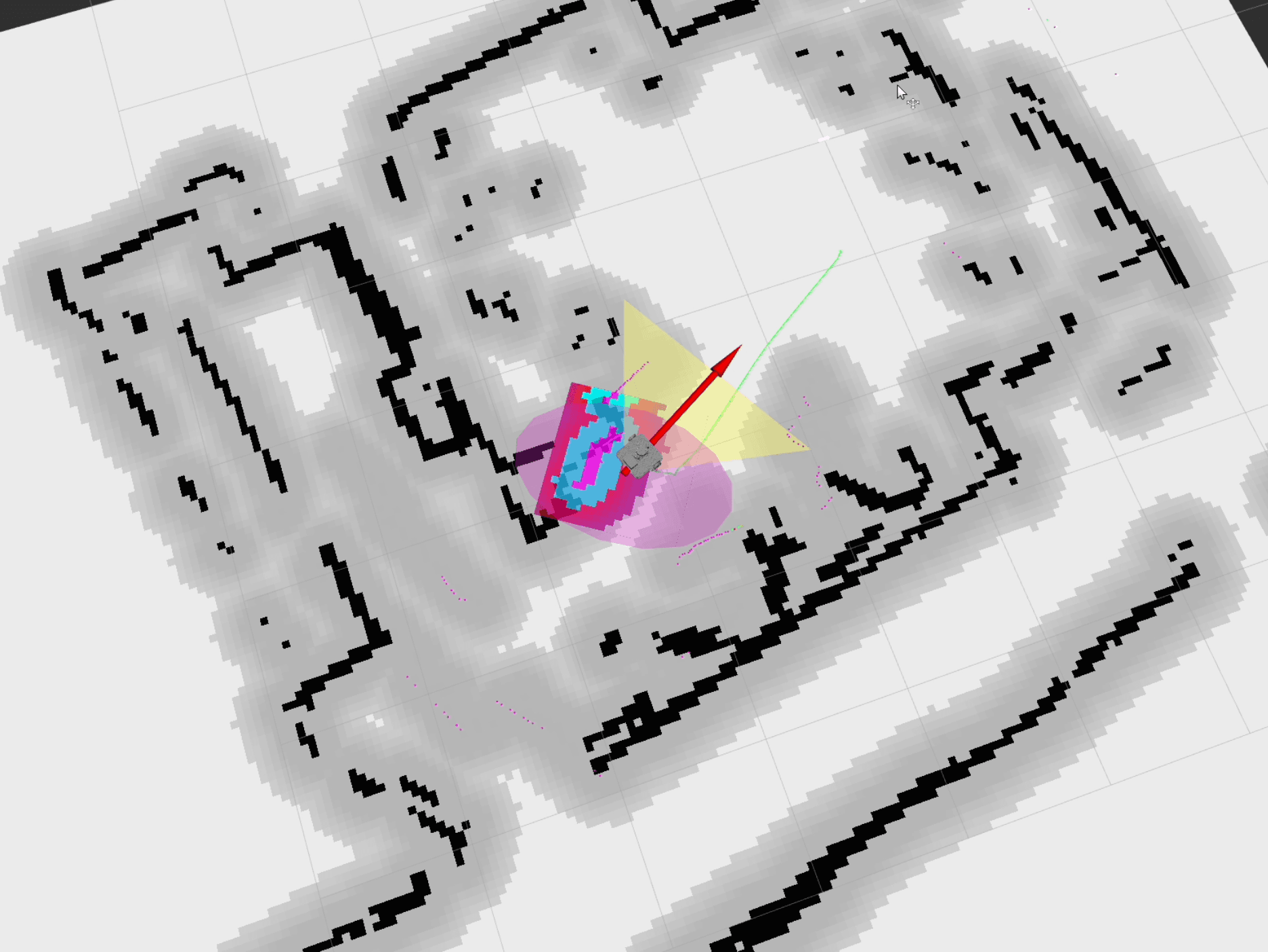
Simulation and Beyond
For developers who want to experiment without immediate access to the physical robot, OpenBot Waffle offers a Gazebo simulation package. The simulation environment replicates the robot’s dynamics and sensor data, enabling testing of control algorithms, sensor fusion strategies, and path planning routines in a virtual world before deploying them on the actual hardware.
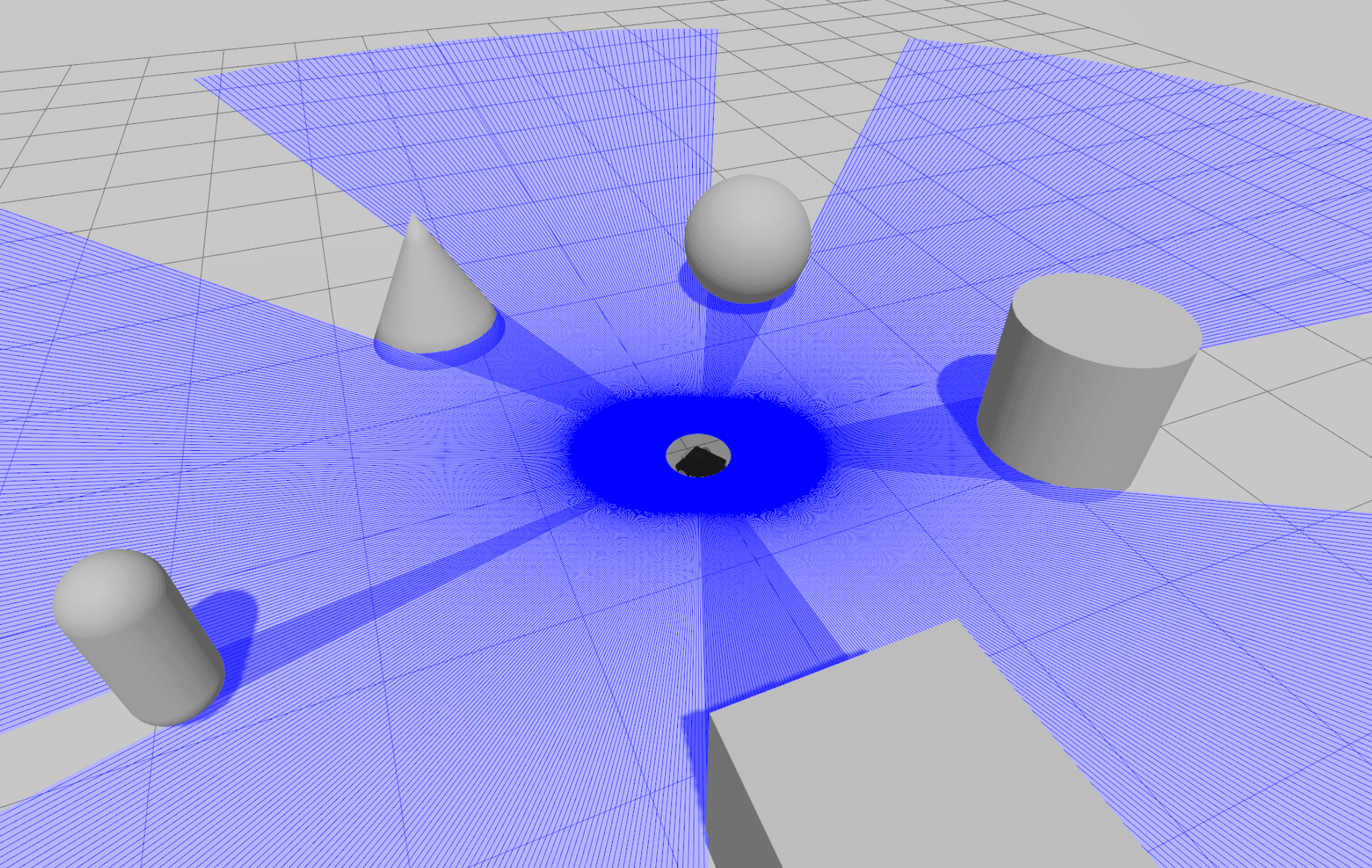
Powerful Software Build on ROS2
OpenBot Waffle’s software stack is modular and built around ROS2, ensuring both flexibility and scalability:
- Sensor Integration: Nodes for each sensor on the robot publishes the collected data
- Fusion of Data: To provide a more accurate estimation of the robot’s position, the robot uses extended Kalman filters to merge odometry and IMU readings.
- Control and Teleoperation: Using a differential drive controller users can easily command the robot’s movement using the keyboard or a joystick. The launch files simplify bringing up all necessary nodes—from the robot state publisher to the diff drive controller.
Future Directions
OpenBot Waffle is designed to be an evolving platform, providing a solid foundation for further research and development in robotics. Looking ahead, several key areas can enhance its capabilities:
- Advanced SLAM and Navigation: Expanding on the existing SLAM example, future updates could integrate multi-sensor fusion, loop closure detection, and improved path planning for more robust autonomous navigation.
- Reinforcement Learning for Control: Implementing reinforcement learning algorithms could enable adaptive control strategies, allowing the robot to learn from its environment and improve movement efficiency.
- Modular Hardware Upgrades: Support for adding a robotic arm, could expand the range of use cases, from object manipulation to enhanced perception.
- Swarm Robotics and Multi-Robot Coordination: Exploring swarm intelligence and collaborative robotics could open new opportunities for group-based tasks, such as cooperative mapping or search-and-rescue applications.

